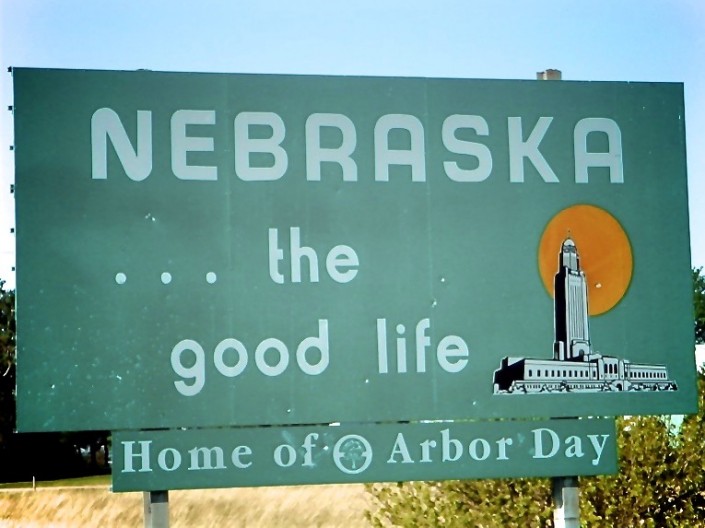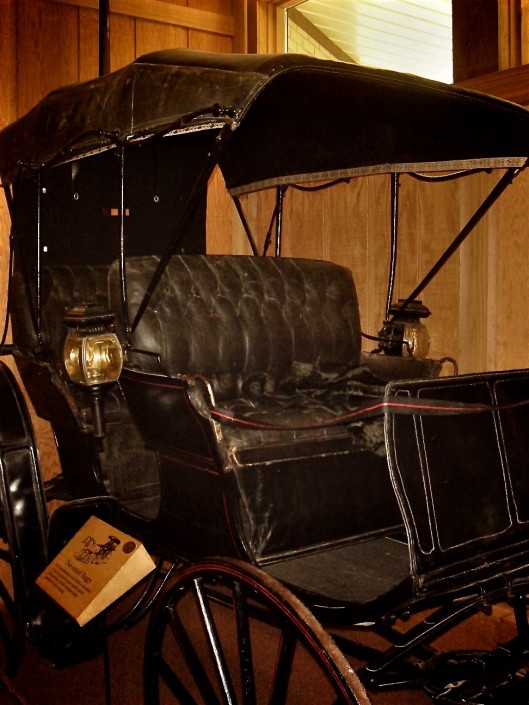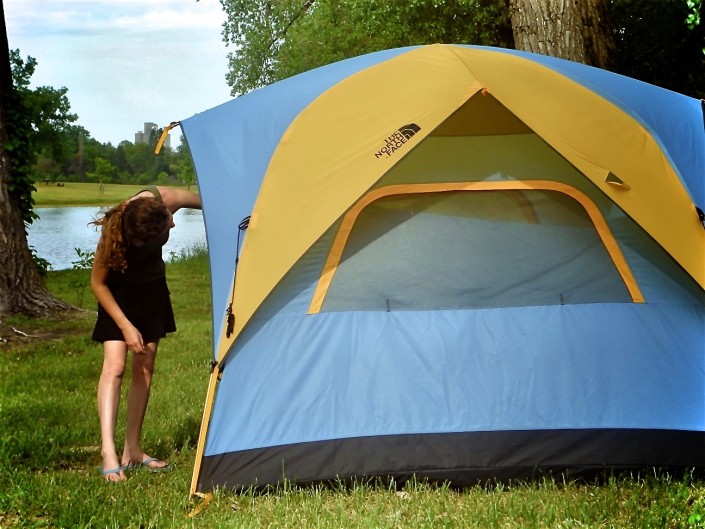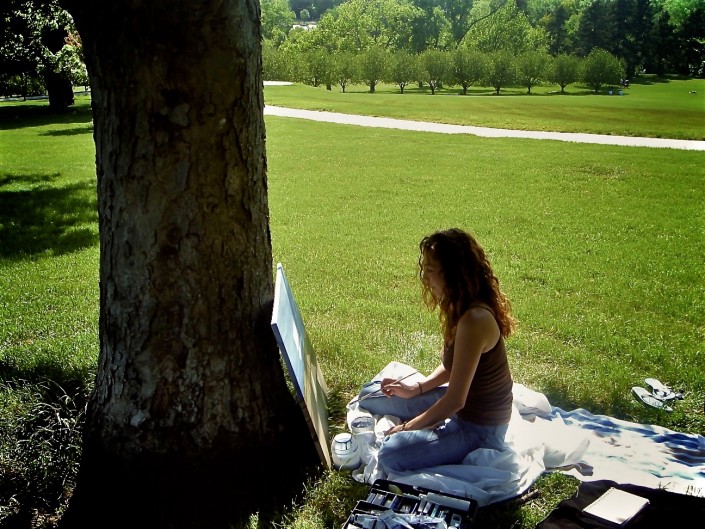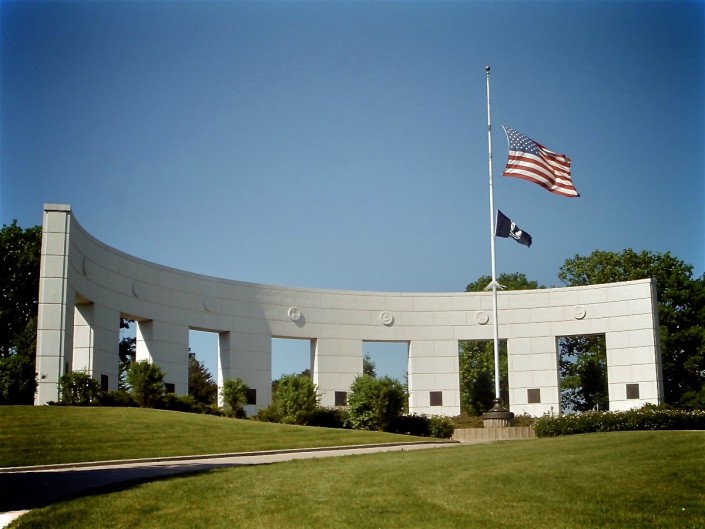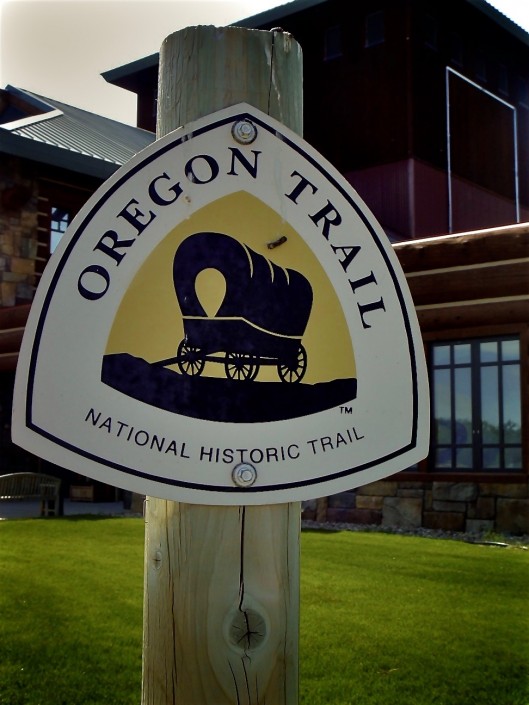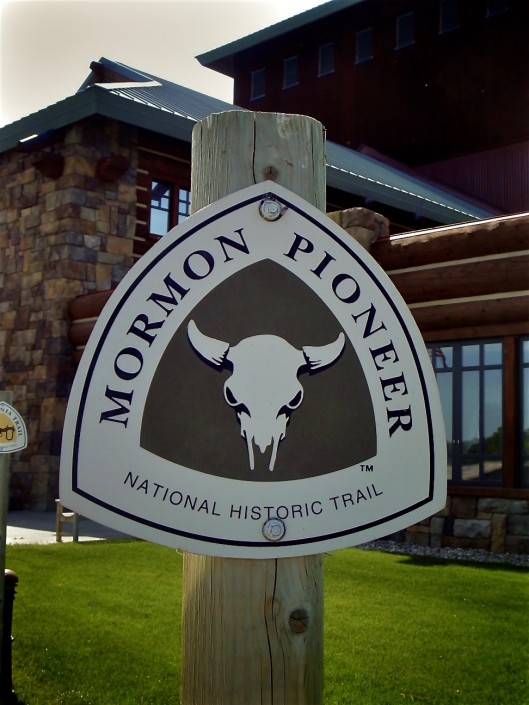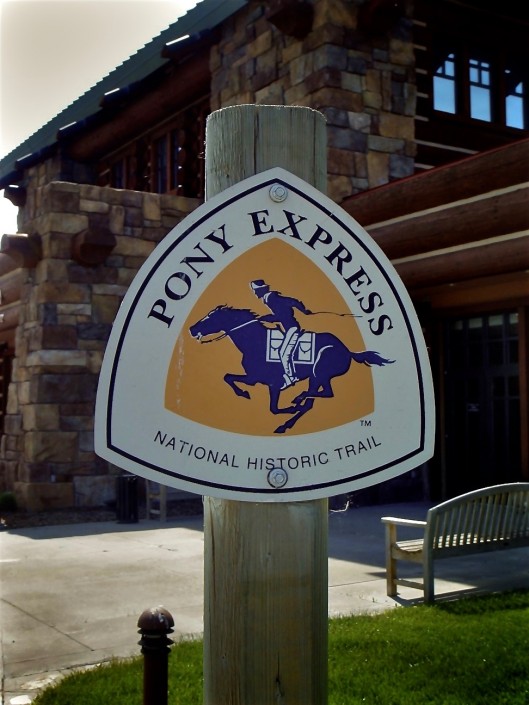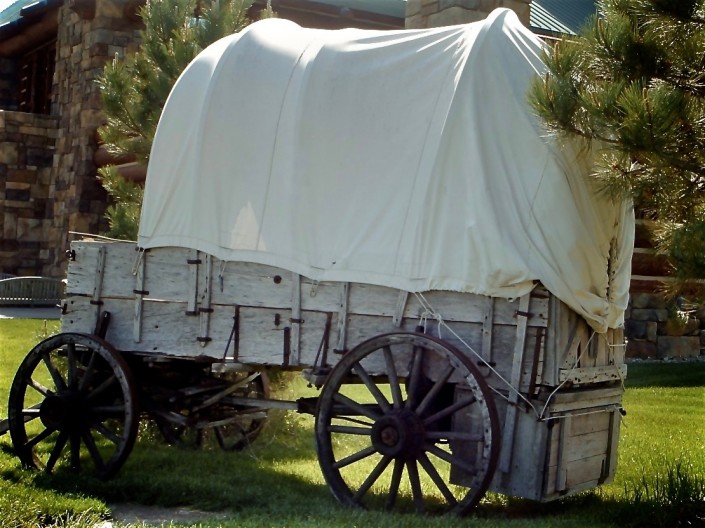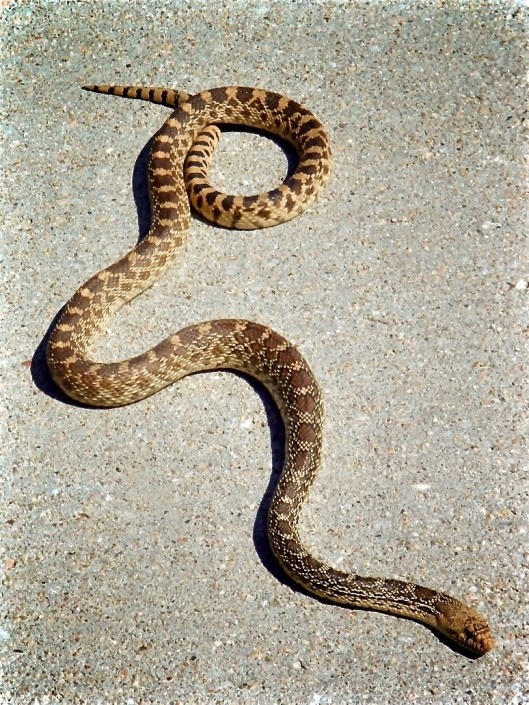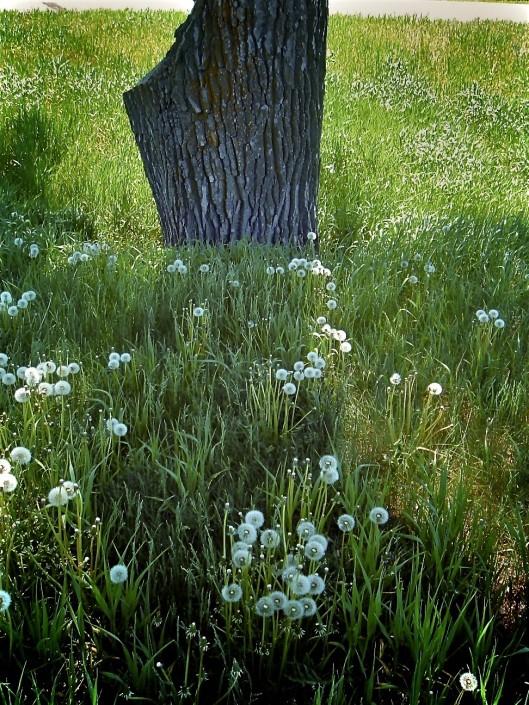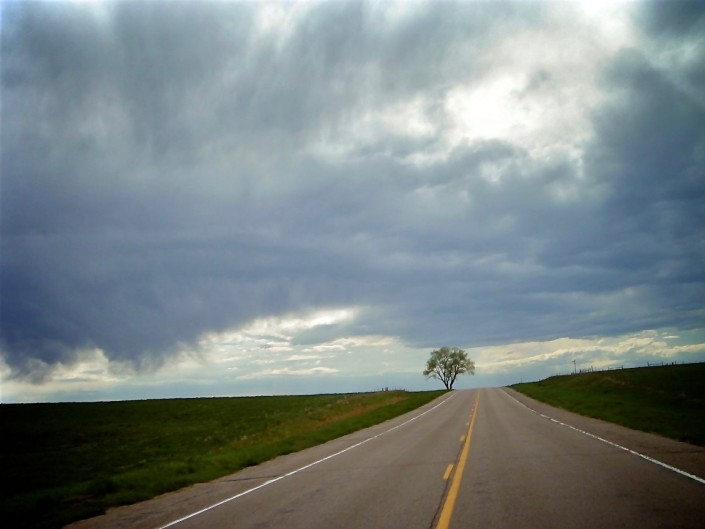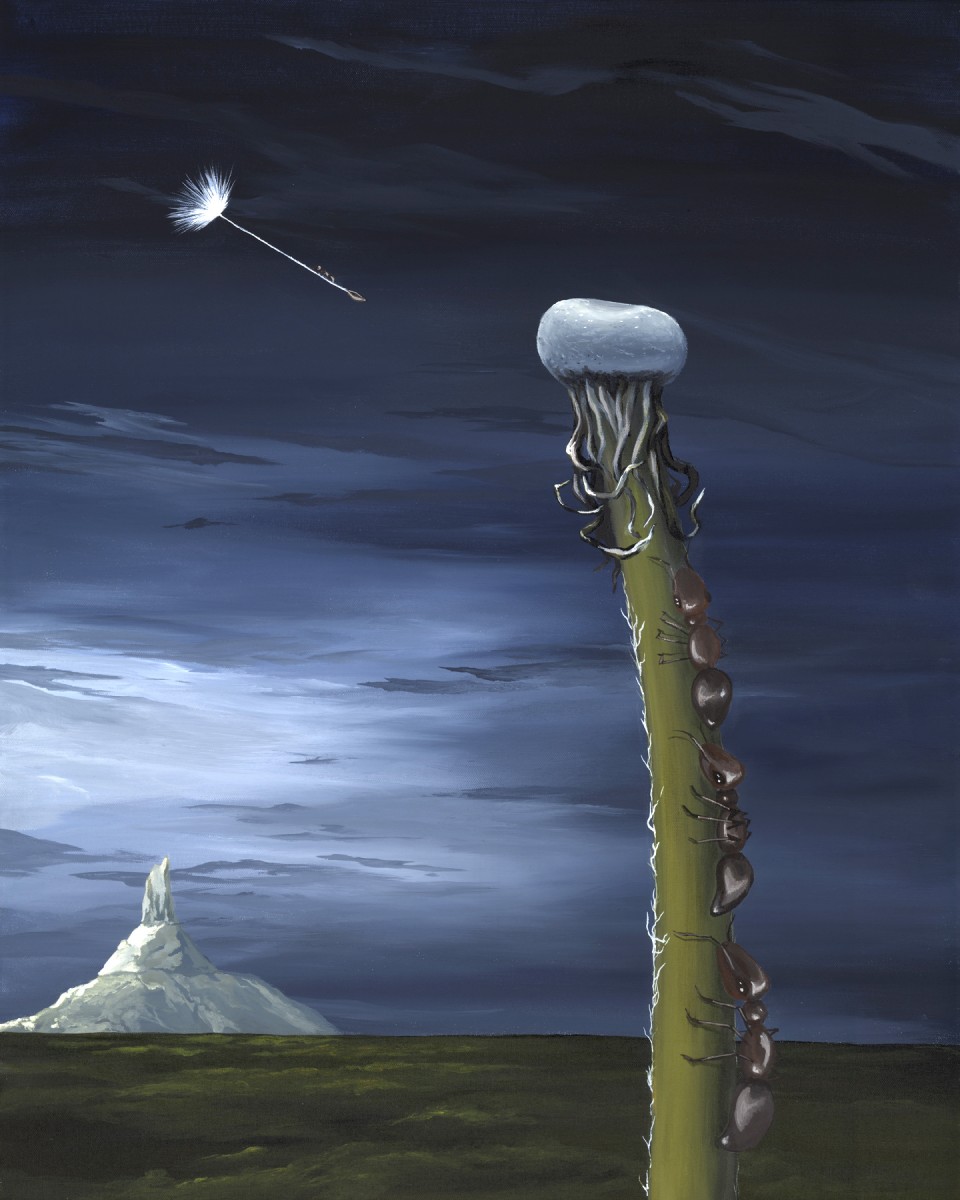
In Louisville State Park, we set up our tent for the very first time. We also realize that we were sold a three hundred dollar tent, perfectly equipped with a tear in the rain roof. Thankfully, the forecast tonight calls for clear skies. I open my easel and place it next to a duck-filled pond. As I begin to paint, we realize that we set up camp less than twenty feet from an active train track. Of course, we won’t find out just how active these tracks are until late in the night. Every hour, the ground below us shakes, as we are jarred awake by clanging metal and rolling steel.
In Omaha, we sit on the capital lawn and create. Although a petitioning college student approaches us, we are left unbothered for most of the day. The relaxing afternoon provides me with a perfect opportunity to finish the Kansas inspired painting before we meet with the owner of Heller Gallery. Ms. Stephanie Heller is very warm and agrees to display the piece in her gallery until we reach our fiftieth state.
We drive down Main Street in Red Cloud, Nebraska, and Alfonso pulls the car over to let me take a picture. A historical marker informs us of the town’s origin in 1871, however I am more intrigued by the man sitting in front of the sign. An aged face stares at us in silence. A full size golden retriever rests by his feet, and a wooden cane in his left hand. His overalls hemmed to reveal white socks with gray Velcro sneakers. Gripping the arm of the green wooden seat is his right hand. His skin is pale and webbed with purple veins. On his left forearm, just above his watch, is a US Navy tattoo.
As soon as I say hello, his stone face lights up with warmth. His name is Bob Hayes, and I introduce myself and ask a few questions about the town. He first speaks of the dying storefronts and empty streets, but conversation quickly turns personal, as he shares news of his grandsons and recently deceased wife. He doesn’t complain that his grandsons only visit once or twice a year. It is all very matter-of-fact. Before the Navy, he worked in a factory, and it wasn’t until WWII, at a dance, that he met his future wife. With her gone, he feels out of place in this farming community. While he is passionate about his dislike for spending time in the community centers, it isn’t hard to hear the sadness in his voice. The sun is setting, and we are hesitant to leave. Our new friend speaks once again of his young bride, and this time I feel as if he is simply passing the time until he can be with her again.
The next morning, we drive to Scott’s Bluff. The land formations in this area used to serve as markers for westward travelers. Chimney rock was named when weary wagon trains were encouraged to see something different than the endless flatlands and dry prairies. It was a sign of familiarity. Alfonso and I stop to have lunch next to a field of noble dandelions. Their heads have grown white to prepare for next years growth, and I pluck one from the ground. With each breathe, I watch the seeds disperse. Some fall quickly to the ground, while others soar on with the breeze.




